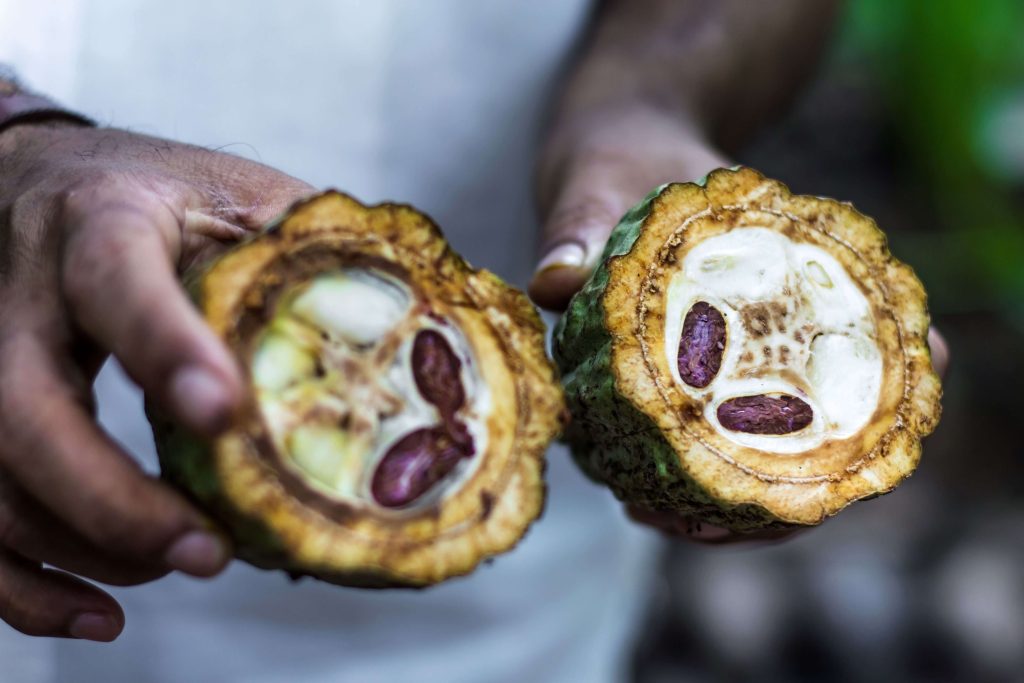We revealed ways in which cocoa farmers in Ghana can diversify their incomes and improve their livelihoods
- Nature Restored

Image: Adobe Stock / 132321706
While cocoa production in Ghana has more than doubled in recent years, this has come at a significant cost as rainforests are often cleared to make space for new farms. Land cleared of rainforest releases significant carbon stores into the atmosphere and, once converted into a cocoa farm, stores less carbon as well. This exacerbates climate change and fragments habitats. Yet, cocoa plantations do not need to be vast monocultures of cocoa.
Farmers in Ghana have been advised that extensive shade harms cocoa production, but evidence shows that this is not always true. Managed properly, shade can reduce the growth of weeds, support populations of predators that eat pests and enhance soil fertility.
When the shade trees that are planted bear fruit or generate timber, they also provide supplemental income to farmers. Crucially, plantations with well-managed shade are less vulnerable to the soaring temperatures that are expected in the region from climate change and make it possible for the farms to store up to 2.5 times more carbon.
There is also a gender element to the industry in Ghana. Women run 20 per cent of the farms and contribute 45 per cent of the labour. Due to their considerable involvement, the cocoa industry is increasingly realizing that working towards gender equality, which is currently lacking in the region, is important.
Given these facts, shifting to cocoa shaded agroforestry farming and supporting the rights of women is increasingly being viewed as essential, but it is not practical for shade practices to be initiated throughout the country all at once. With this in mind, we analyzed landcover in Ghana and proposed the areas where establishing shaded agroforestry with priority would be best.
We revealed that establishing cocoa shaded agroforestry plantations in key areas is both attainable and capable of sequestering an additional 52 million tonnes of carbon in trees while simultaneously diversifying the incomes of cocoa farmers.